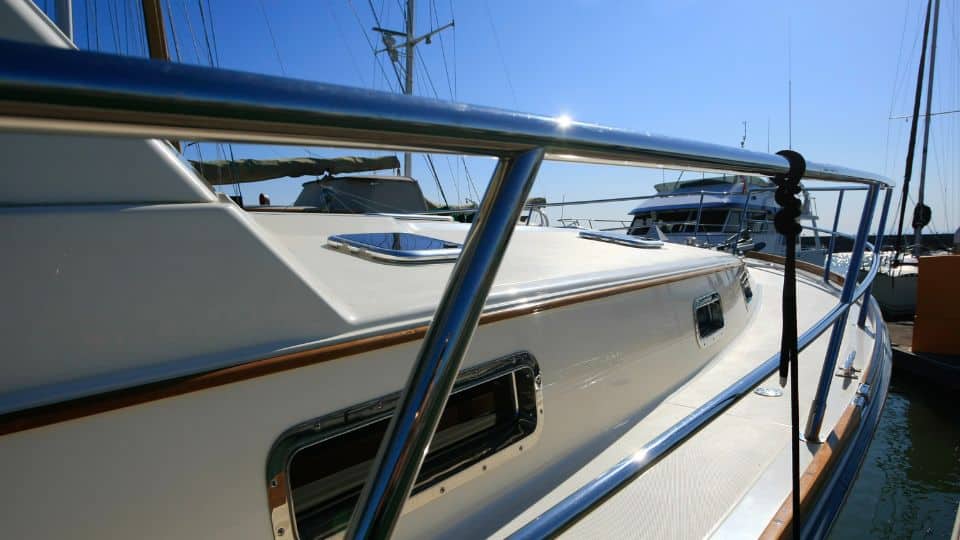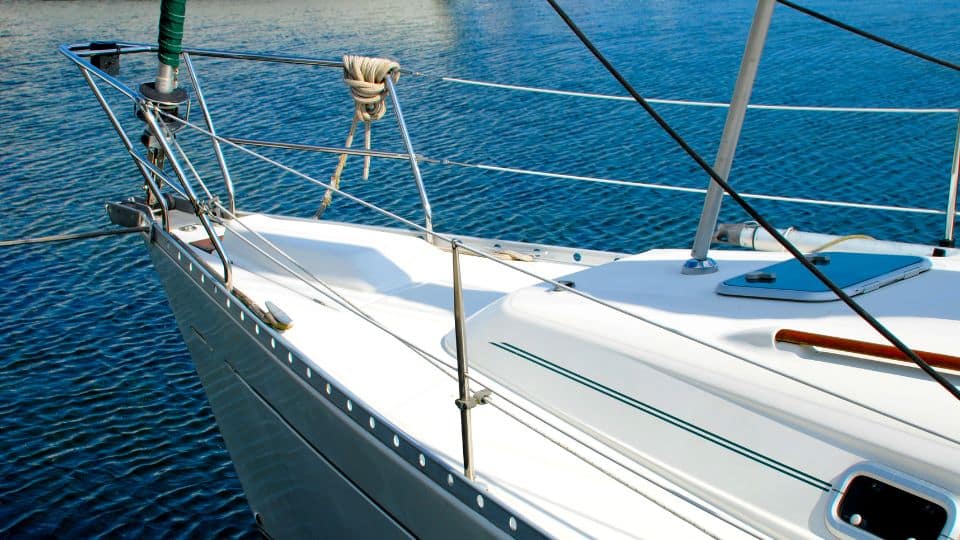When you’re out on the water, safety is always a top priority. One of the most important features of your boat’s safety equipment is the boat railing. A well-installed and properly maintained boat railing not only provides a sense of security but also plays a crucial role in protecting you and your passengers while onboard. Whether you’re cruising on calm waters or navigating more turbulent seas, the safety of your boat railing cannot be underestimated.
In this blog post, we’ll discuss why proper installation and maintenance of boat railings are so important for your safety and how to ensure your railings are in top condition.
1. The Importance of Proper Installation
The installation of your boat railing is the first step toward ensuring your safety on the water. If not installed correctly, boat railings can become loose or unstable, especially when the boat is moving at higher speeds or in rough waters. A well-secured railing provides essential support to keep people on board from losing their balance or falling overboard.
Key Factors to Consider During Installation:
- Material Strength: The material you choose for your railing (stainless steel, aluminum, etc.) should be robust enough to withstand the forces exerted on it, especially during sharp turns or rough seas.
- Anchor Points: Railings should be anchored securely to the boat’s structure. Weak or improperly fastened anchor points can lead to the railing becoming detached, jeopardizing safety.
- Height and Spacing: The height of the railing is critical, particularly for preventing people from falling overboard. Make sure the railing is tall enough to act as a barrier, especially for children and pets. Additionally, spacing between the bars should be narrow enough to prevent people from squeezing through.

2. Why Maintenance is Crucial for Boat Railing Safety
Even if your boat railing was properly installed, regular maintenance is necessary to keep it in top shape. Environmental factors like saltwater, UV exposure, and the constant movement of the boat can cause wear and tear on the railings over time.
Common Issues Caused by Lack of Maintenance:
- Corrosion and Rust: Saltwater is particularly damaging to boat railings, leading to corrosion and rust. Over time, this can weaken the structural integrity of the railing, making it unsafe to rely on.
- Loose Fasteners: The bolts and screws that secure the railing can loosen over time due to vibrations from the boat’s movement. If these aren’t tightened regularly, the railing could become unstable.
- Surface Damage: Constant exposure to the sun, saltwater, and other environmental factors can cause discoloration or fading, reducing the aesthetic appeal of the railing and, in some cases, weakening the material itself.
3. Steps to Ensure Your Boat Railings Stay Safe and Secure
Proper maintenance of your boat railings doesn’t have to be difficult or time-consuming. Here are some essential maintenance tips to ensure your railings stay safe and functional:
Routine Cleaning:
- Clean your boat railings regularly with fresh water, especially after being out on saltwater. Use a soft cloth or sponge to avoid scratching the surface.
- Apply a gentle cleaning solution or a marine-safe cleaner to remove any stubborn grime or salt deposits that may have accumulated.

Check for Corrosion and Rust:
- Inspect your boat railings for any signs of rust or corrosion, particularly if they are made of metal. If you spot any, remove the rust promptly with a wire brush and treat the area with a rust inhibitor.
- For stainless steel railings, using a polishing compound will help prevent oxidation and maintain the shiny surface.
Inspect Fasteners and Connections:
- Regularly check all fasteners (bolts, screws, nuts) to ensure they are tightly secured. A loose screw or bolt can make the railing unstable, increasing the risk of accidents.
- If any fasteners appear damaged or weakened, replace them immediately to maintain the strength of your railing.
Protect Against UV Damage:
- UV rays from the sun can cause fading or degradation of the material, especially if the railing is made of plastic or aluminum. Consider applying a UV-protective coating to maintain the appearance and durability of the railing.
- For metal railings, regular polishing can help prevent surface damage caused by UV rays.
4. When to Replace Your Boat Railing
Over time, despite regular maintenance, even the most durable railings may need replacing. If you notice any of the following signs, it’s time to consider a replacement:
- Severe Rust or Corrosion: If the corrosion has compromised the integrity of the railing, it’s time to replace it. Severe rust can weaken the structure, making it unsafe.
- Cracks or Breaks in the Material: If you notice any visible cracks or breaks, the railing will not be able to provide the necessary support, and a replacement is necessary.
- Wobbly or Loose Railing: If the railing no longer feels secure, even after tightening all the fasteners, it may be a sign that the base or structure has been damaged, requiring a replacement.

Conclusion: Prioritize Boat Railing Safety for a Safe Voyage
Your boat railing plays a vital role in ensuring the safety of everyone on board. Proper installation and regular maintenance are essential to keeping it secure, functional, and aesthetically pleasing. By following the steps outlined in this blog post, you can ensure that your boat railing remains strong and reliable for years to come, giving you peace of mind while out on the water.
If you’re looking for custom boat railings or need assistance with installation or maintenance, our expert team is here to help!
Contact us for all your boat railing needs today!



